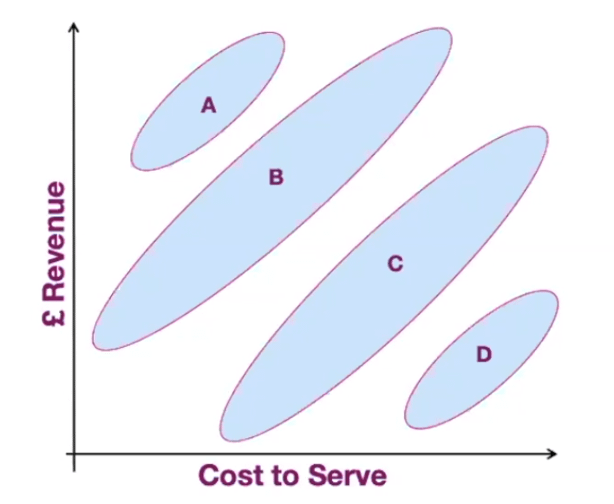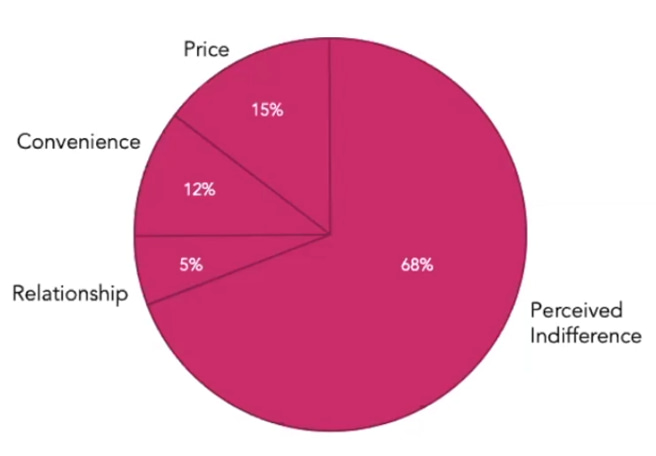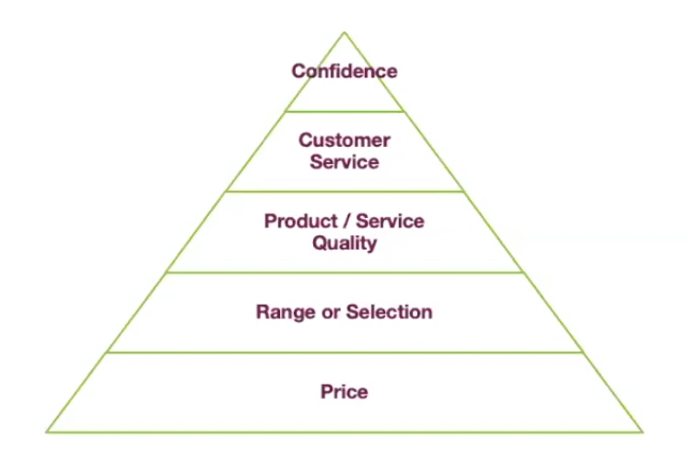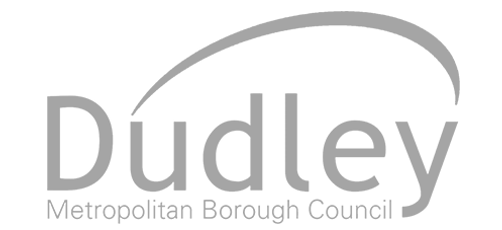Business owners often have trouble determining their prices and being confident in them. There are tactics you can use to develop a pricing strategy that aligns with your business and your customers’ goals, which is what we’ll be detailing in this article.
We’ll guide you to understand your customers, their buying behaviours, and four different strategies you could use to establish a price. This article will even give you insight into what price point to pitch to your customers at, especially in you’re negotiating your price.
The first thing you need to think about when determining our pricing is what you’re actually selling. Are you pricing it in a way that makes you confident?
Understanding Your Customers

Customers come in many varieties. There are various sizes of customers and they have various budgets and standards of quality. As a business owner, you can rank your customers by their size, but you also need to know what it costs to serve each type of customer.
The cost to serve a customer doesn’t just come in the form of a monetary value, like your margin. When talking about the non-monetary cost to serve, we’re evaluating the resources and energy it takes to serve them. You may have A class customers that are easy to collect payments from in a timely manner, don’t care about the price, easy to communicate with, and they give you feedback. Those customers have a low cost to serve, resulting in a higher revenue. On the other hand, you have D class customers who cause a lot of friction or issues in the process of working with. They waste time and resources, so it’s best to steer clear of them, as they’ll require a higher cost to serve, resulting in a lower revenue.
In between A class and D class customers are your B class customers. B class customers come in two different forms, customers who have a high cost to serve but yield a high revenue, as well as customers who have a low cost to serve and yield a relatively low revenue. To deal with high cost to serve B class customers (who are valuable but also probably a pain in the neck) you could either bend over backward for them or create and invest in systems that will make them easier to serve. Low cost to serve B class customers are small and quite pleasant to work with.
Then you have C class customers, who just can’t quite make it work. These are the customers who perhaps are too far away to purchase from you, don’t have the time, or require a skill that you don’t have. With C class customers, there’s generally too much friction or too little value to be worth trying to sell to.
The goal is to only work with A and B class customers.
Challenge: Focusing on the characteristics of A and B class customers, identify who your ideal customers are.
Customer Behaviour: Reasons Why Customers Stop Buying
Most customers stop buying because of their perceived indifference, which is the feeling that the business doesn’t care. How do you make sure customers keep buying? By paying attention to your relationships with your customers and keeping lines of communication open.

Reasons Why Customers Start Buying
The biggest reason why customers start buying from a business is that they have confidence in the business. There is great value in customers having confidence that your business will do its job properly. Especially in uncertain times, like now in 2020, confidence in your products/services and their prices is more important than ever. People will pay more when there’s confidence in their purchase decision because it’s more important to them to buy the right product, than to buy a cheap one.

4 Strategies for Setting a Price
A common pricing strategy for start-ups and businesses that are just breaking into a new market, where you aren’t necessarily after the money, but you’re after the experience of being in that market.
Tip: Make it very clear that this is your strategy, that you’re doing it at that price for the time being and that it’s not your actual price.
Increasing your price until you reach your customers’ limit. This would work, for example, with a business who is in a market with very few or no competitors.
This is a pricing strategy that’s fairly easy to be transparent with your customers about. It’s what your industry would expect to make as a normal profit.
It’s important to understand your market place and where you are in relation to your competition. If you’re thinking about the quality of your product relative to the cost of your product, there’s a value for money line on which your products sit. Where are you on that line and how do your strategies relate to your positioning?

Where Do I Pitch My Price?
If you need to pitch your price to someone, the way you do it depends on your strategy. We recommend companies always offer a middle price, because you can always adjust your price in either direction if you start in the middle.
If you’re negotiating a price, you need to understand three types of prices.
- Yippee! – People lose sales because they don’t know the Yippee price. Perhaps someone will offer you more money than you thought possible. It could be easy for you to get suspicious and pull out of the deal, but what you need to do is take the deal!
- OK – That’s what you asked them for and that’s what they’re giving you. If people are jumping on your OK price, maybe it’s appropriate to increase your prices.
- Not today – Don’t cave and agree on a price that doesn’t benefit you or make sense for you. Know your pricing limits.
Once you have a clear idea of who your ideal customers are, why they may start or stop buying from you, which pricing strategies you want to use, and what price point you’re going to pitch at, you will have the confidence necessary to create a pricing structure that reflects your value and pleases your customers.
Confidence is the most important factor in deciding a price for your product or service. It’s crucial that your customers are confident in your business and your offerings, but it’s also important to be confident in yourself and your value and your ability to price properly. Anyone who thinks that you’re doing the wrong thing by earning a profit is a D class client! We’ll leave you with this question: What can you do to inspire more confidence?
Has this article got you thinking about your business and how you want to grab the reins and drive it forward. Lots of people in your position feel just the same but struggle to find the time or feel they lack the skills or knowledge to do so?
Since 2007, we’ve helped thousands of business owners who have faced this exact challenge (the reality is that we all feel like this at times during our business journey. We run regular free events and we’d love you to come along some time soon and join in.
Bookings are open now: https://good-2-great.co.uk/free-seminar/
OR – perhaps you’re still at the start of your business journey – Check out Start Up Support



















